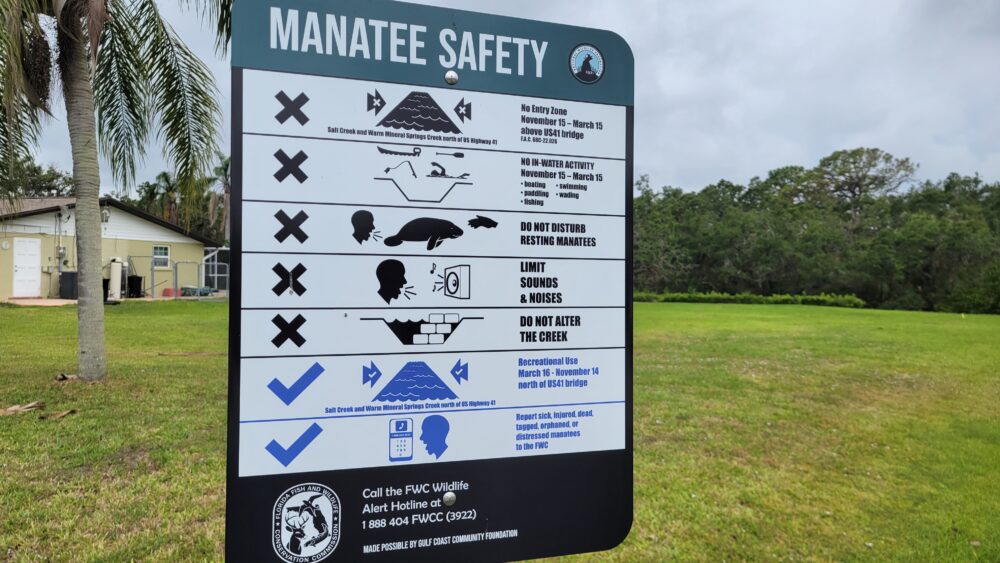We have much more to do and your continued support is needed now more than ever.
Invisible but Not Make-Believe: the Real Threat of Mercury to Kids
I’m not ashamed to admit it: when I was a child, I ate paint chips. Something about the sweetness of the lead and the crunchiness of the chip proved irresistible as I worked to unsheathe my molars from my gums.

Now before you go on to presume what this has done to my IQ, I want to say that I wasn’t the only one in Generation X to fall victim to the toxic (yet tasty) snack. After all, the majority of paint contained lead until the Consumer Product Safety Commission banned lead as a paint additive in 1977. While lead improved drying time and increased sheen and durability, it also introduced a potent neurotoxin into households, causing nervous system damage, stunted growth, and delayed development.
This is what regulation is for. When a known toxic substance is threatening the lives of children in their own homes, we need to demand that our government do something to stop it. Just as the Consumer Product Safety banned lead in paint to protect public health, the Environmental Protection Agency (EPA) is finally working to develop similar common-sense regulations to limit the amount of arsenic, lead, and mercury billowing out of smokestacks, 20 years after such regulations were first proposed.
You don’t need me to tell you that mercury isn’t exactly something you want to inhale—we’ve all known that for decades.
But, for the record, mercury is a highly potent neurotoxin that adversely affects the function and development of the central nervous system. I’m talking problems with language, memory, attention, and visual skills, not to mention aggravated asthma, heart attacks, chronic bronchitis and premature death.
The 600 coal-fired power plants are the single largest source of mercury contamination in the U.S., responsible for approximately 50% of human-caused mercury emissions. Other sources include waste incinerators that burn mercury-containing products and chlorine manufacturers. However, unlike these sources, power plants are not currently required to limit their mercury pollution.
The EPA’s proposed mercury and air pollution standards would reduce mercury and toxic air emissions from power plants by more than 90%. This will help prevent thousands of cases of premature death, asthma attacks and emergency room visits, especially in our most vulnerable communities.
It is crucial that the EPA enforce the law and fulfill its obligation to protect public health from these dangerous pollutants. The pollution control technology is readily available, and the EPA estimates that for every dollar spent to reduce toxic pollutants, we will receive $5-$13 in health benefits.
In the face of mounting industry pressure to weaken these limitations, the EPA needs to know that they have the support of US citizens as they move forward to set stringent standards that will protect public health from preventable mercury pollution.
After all, isn’t it about time?




















